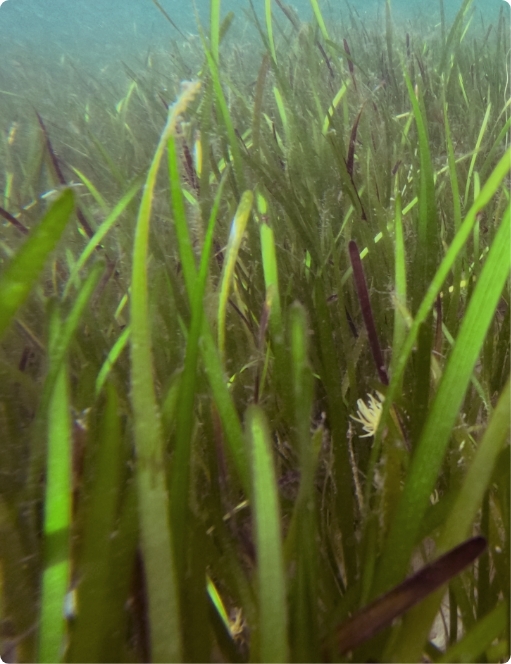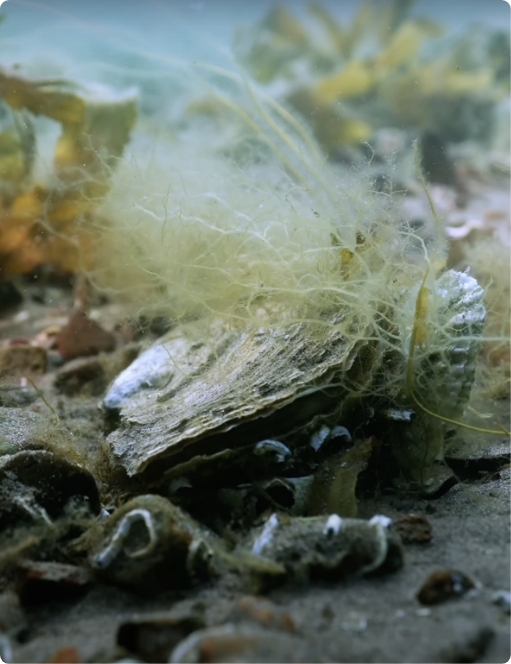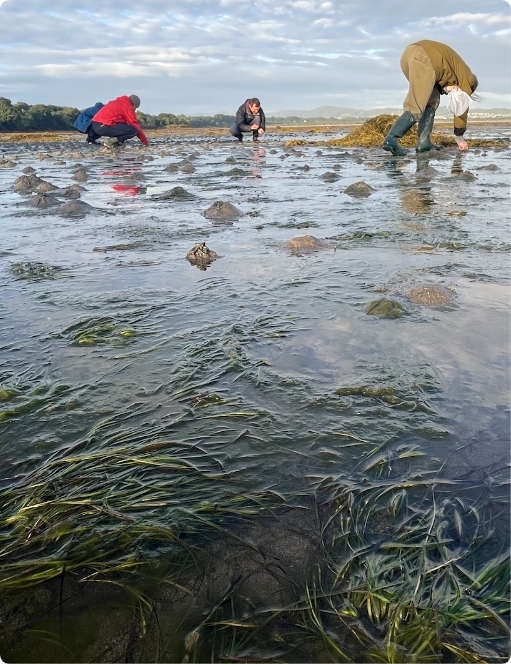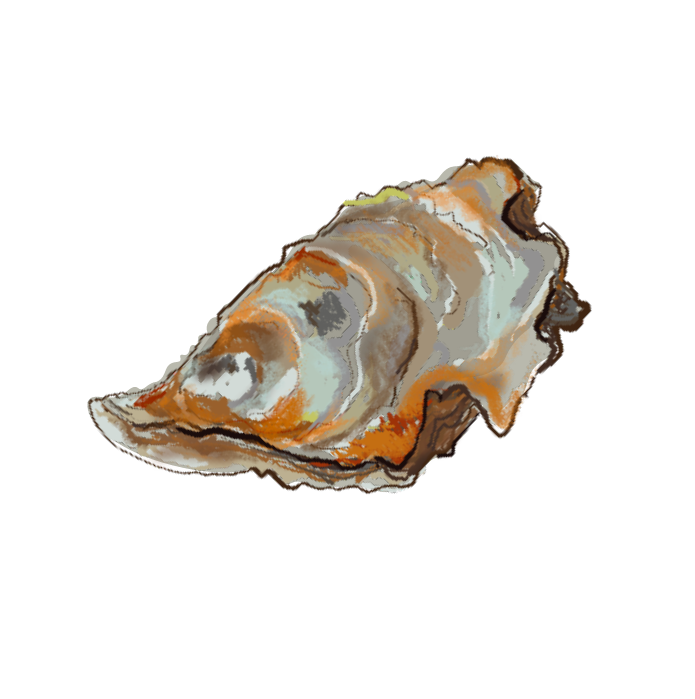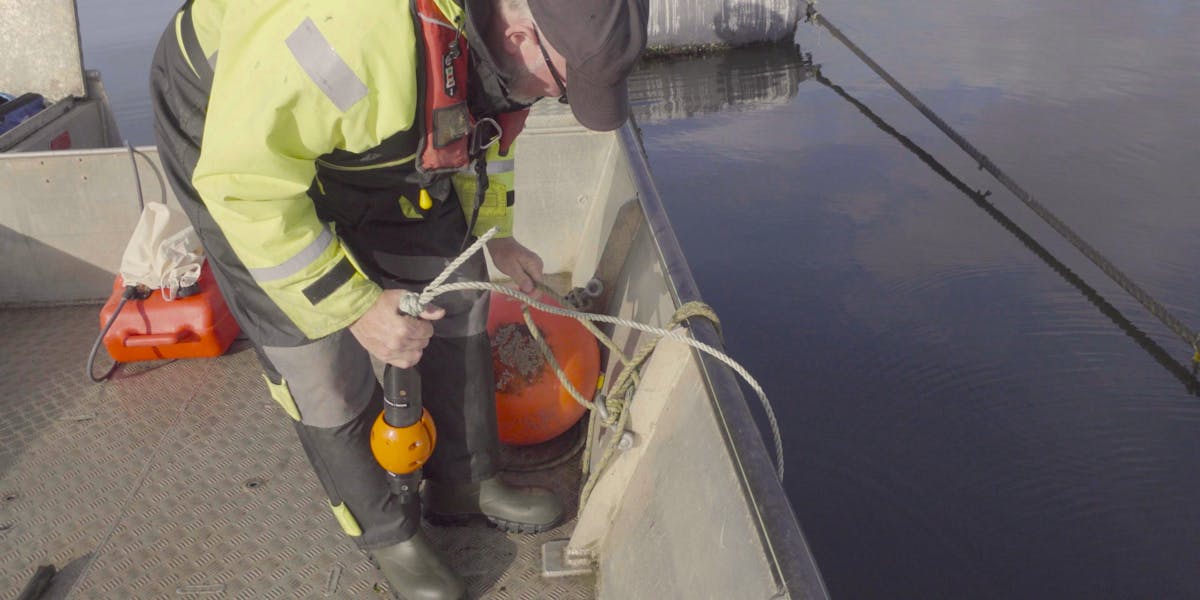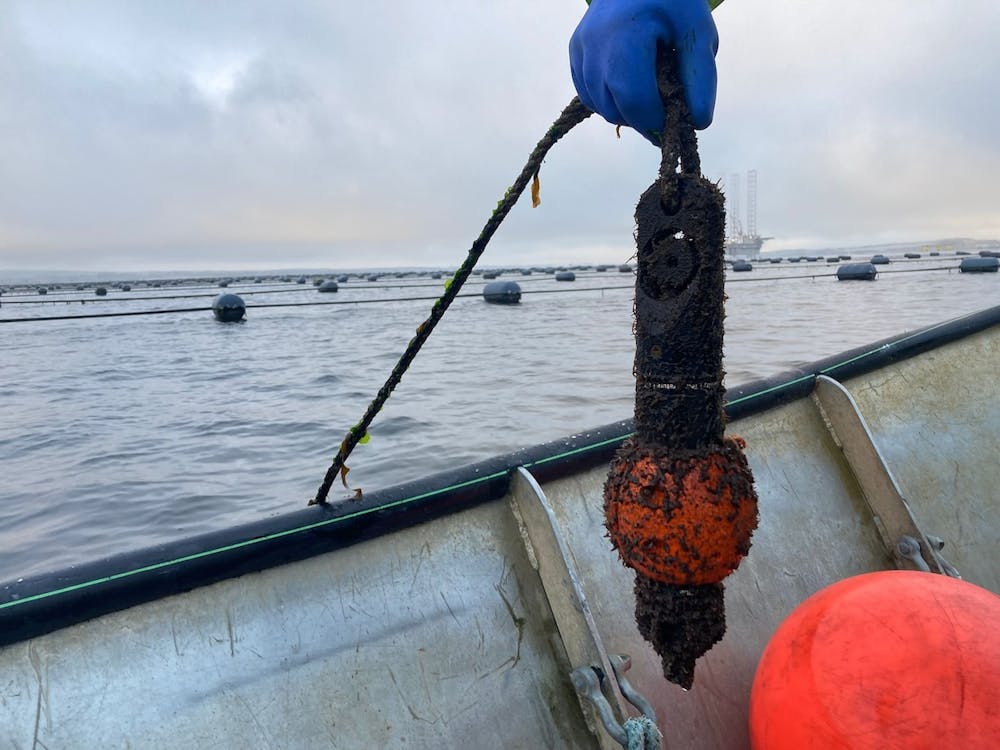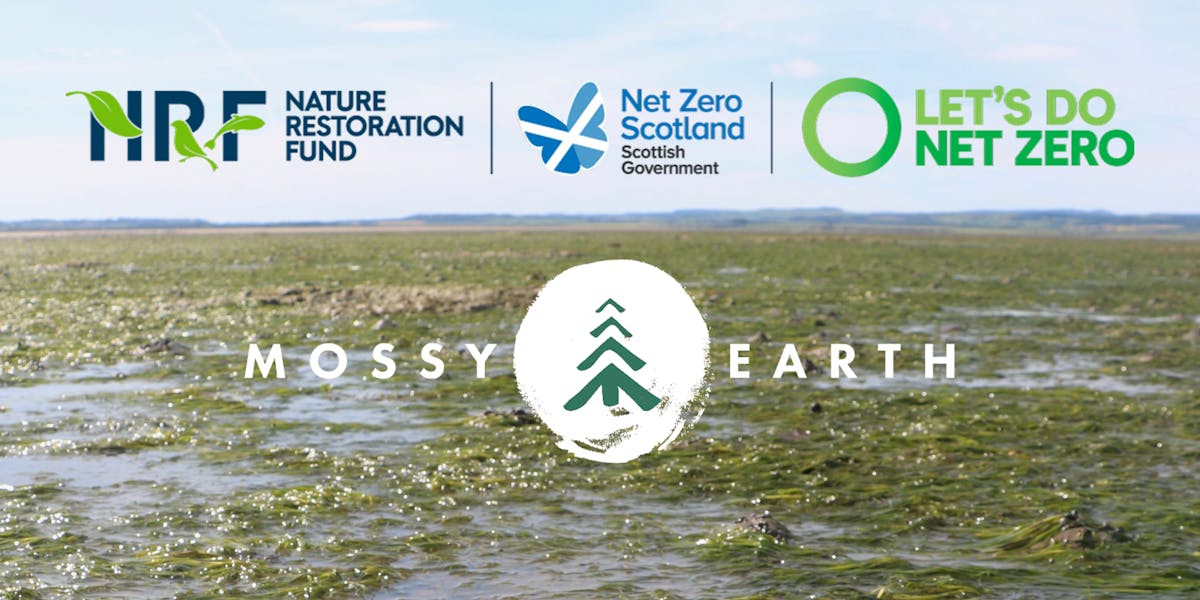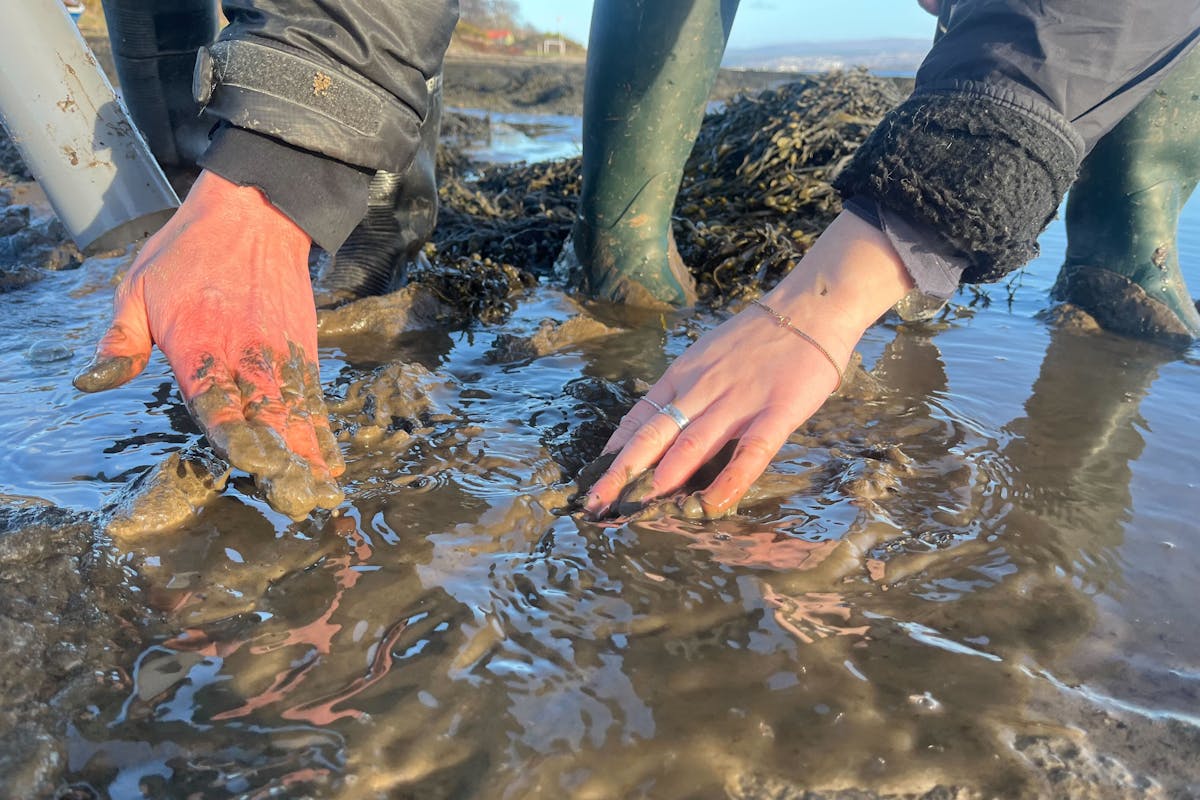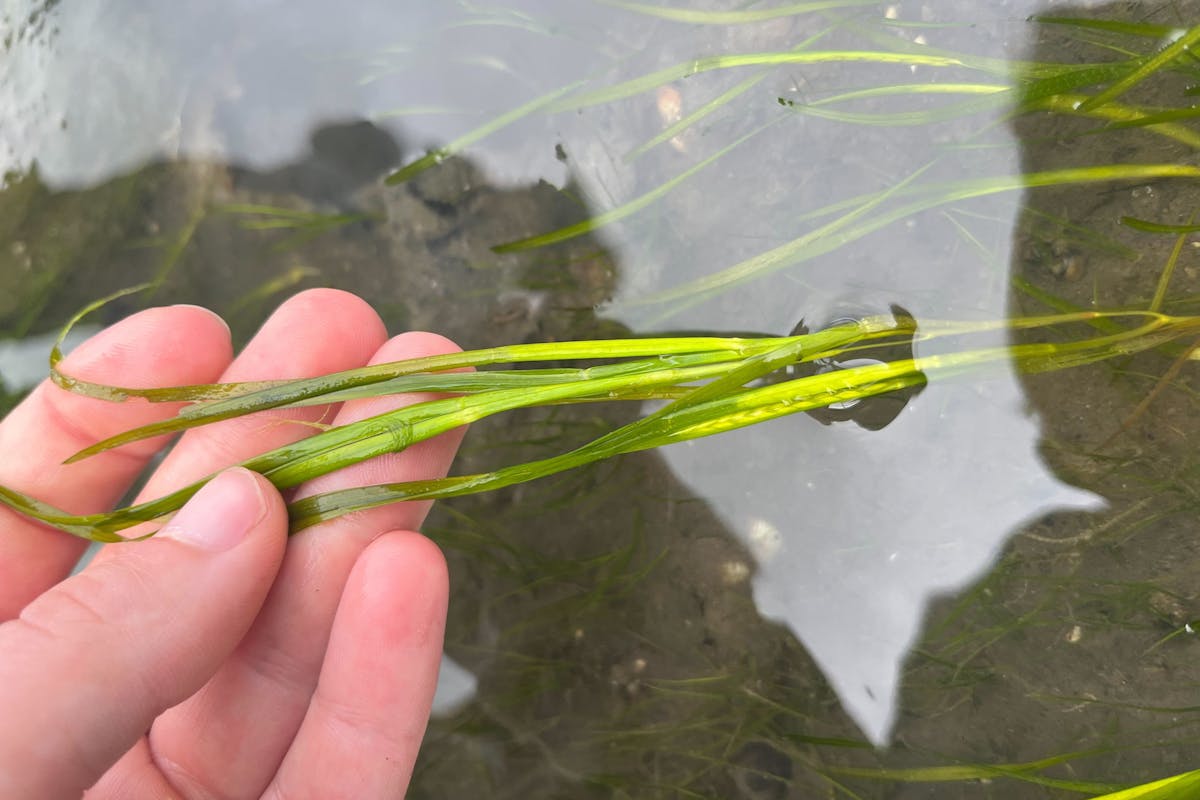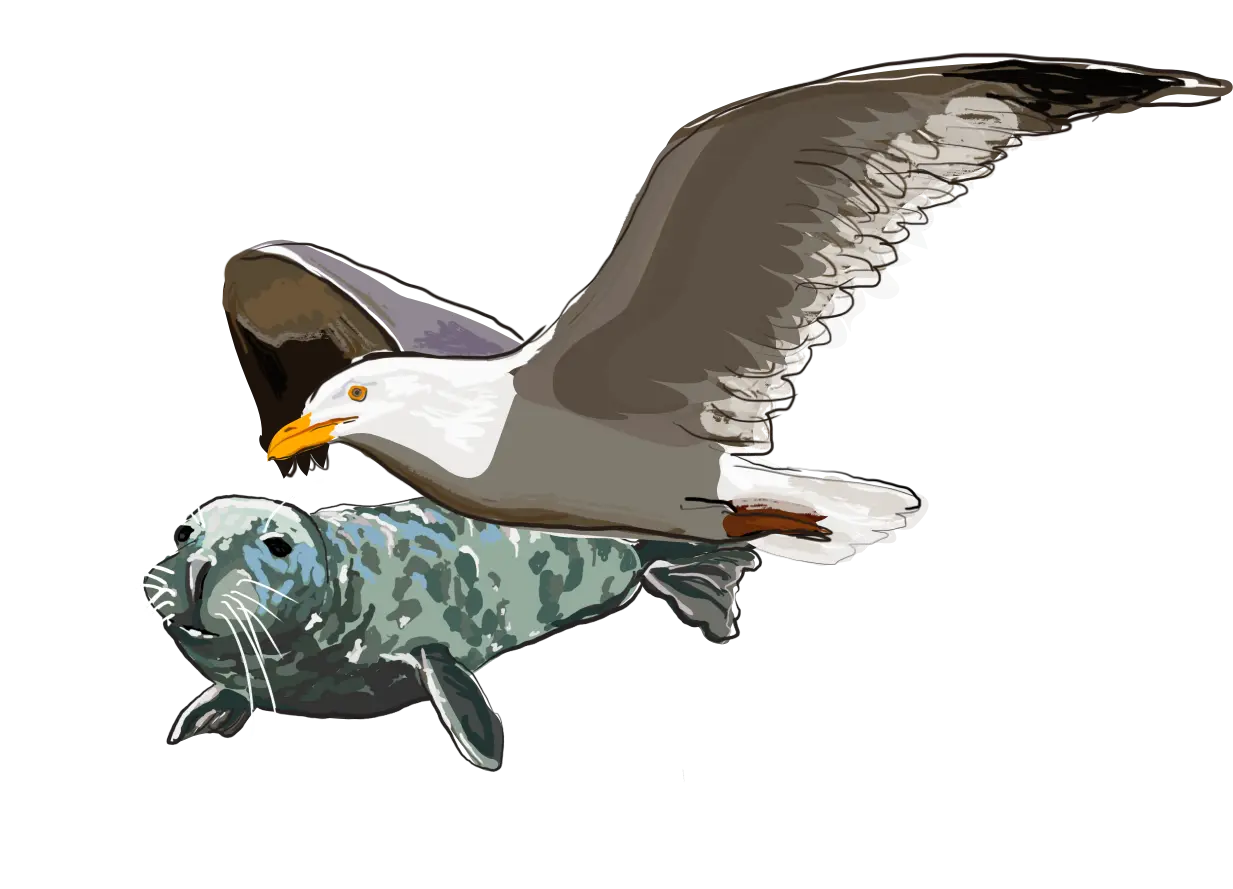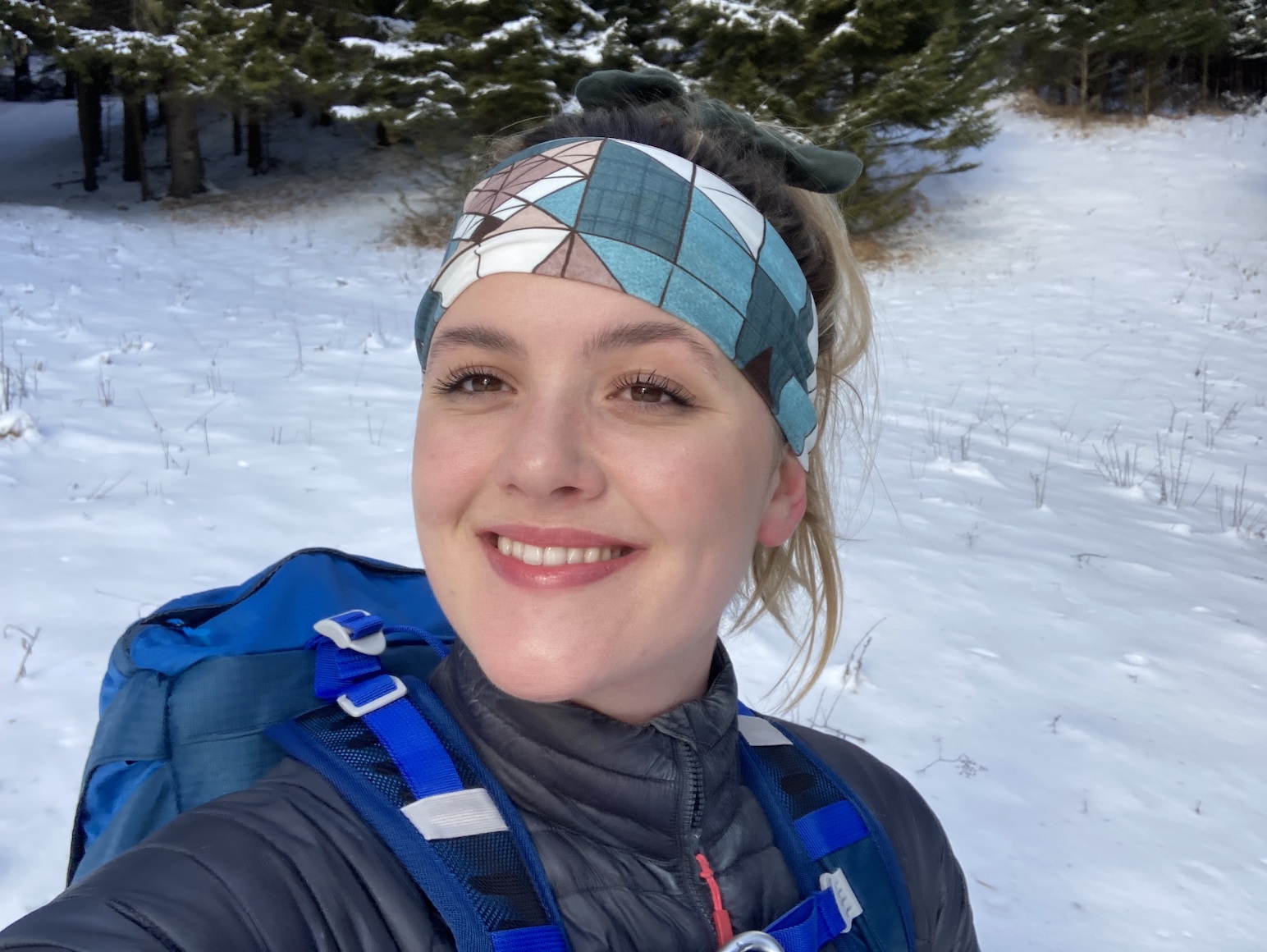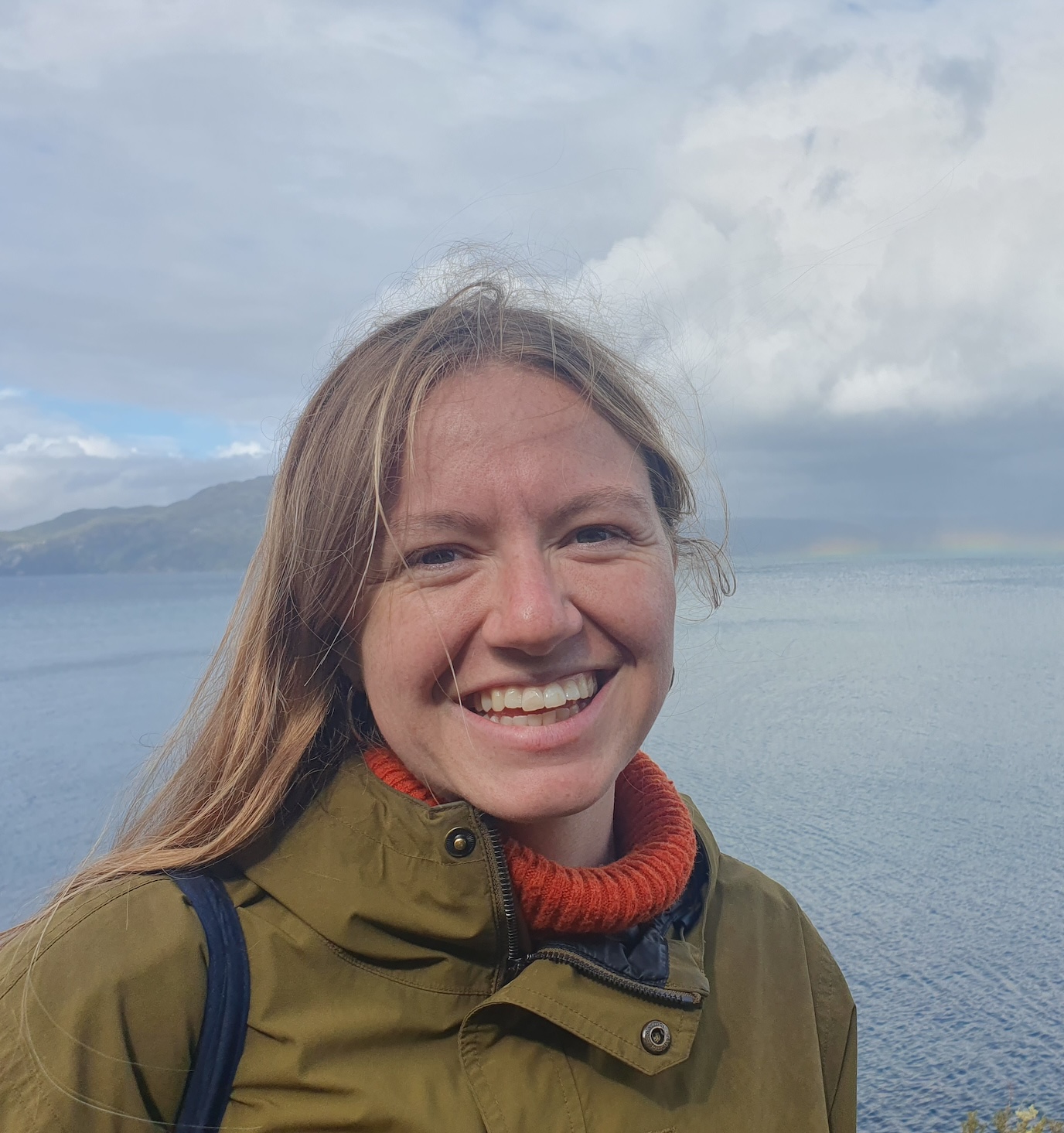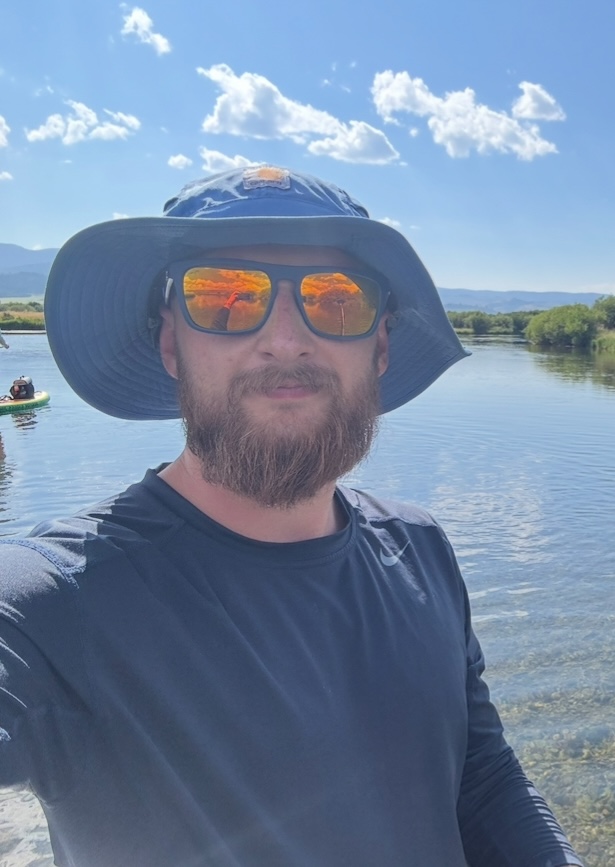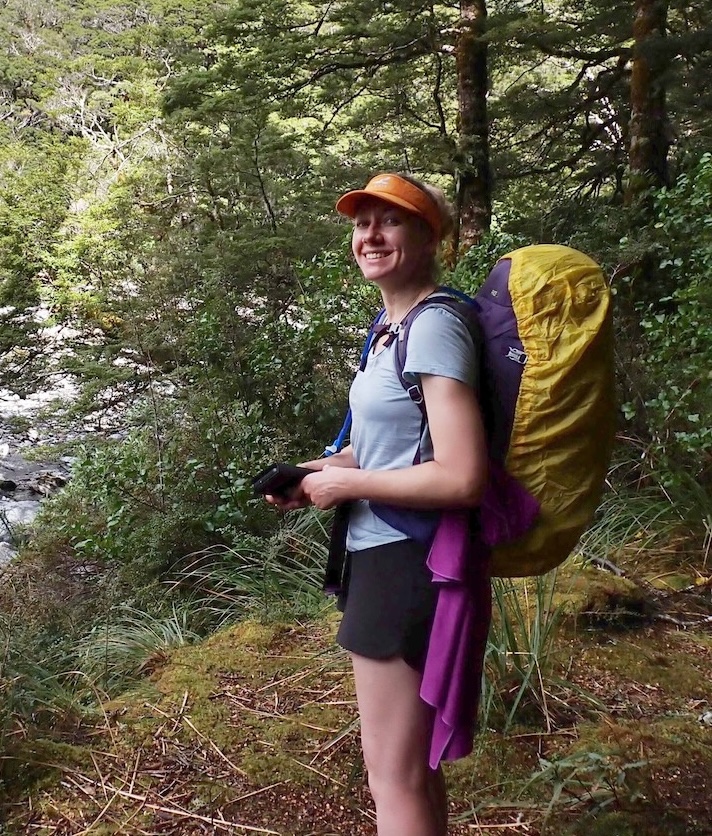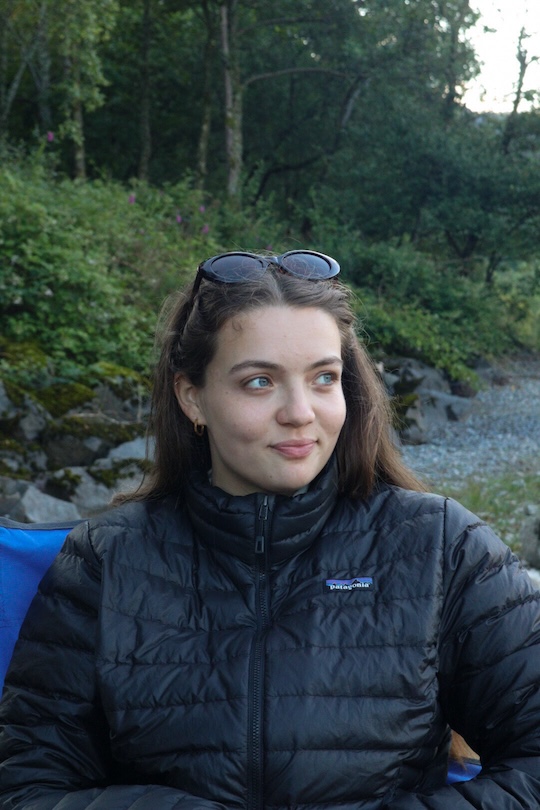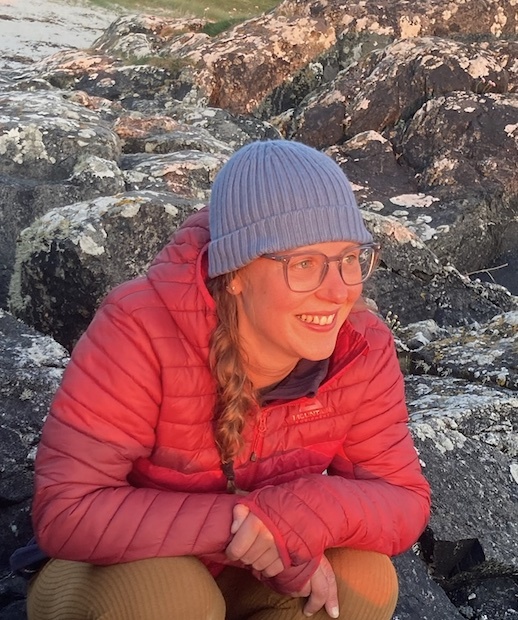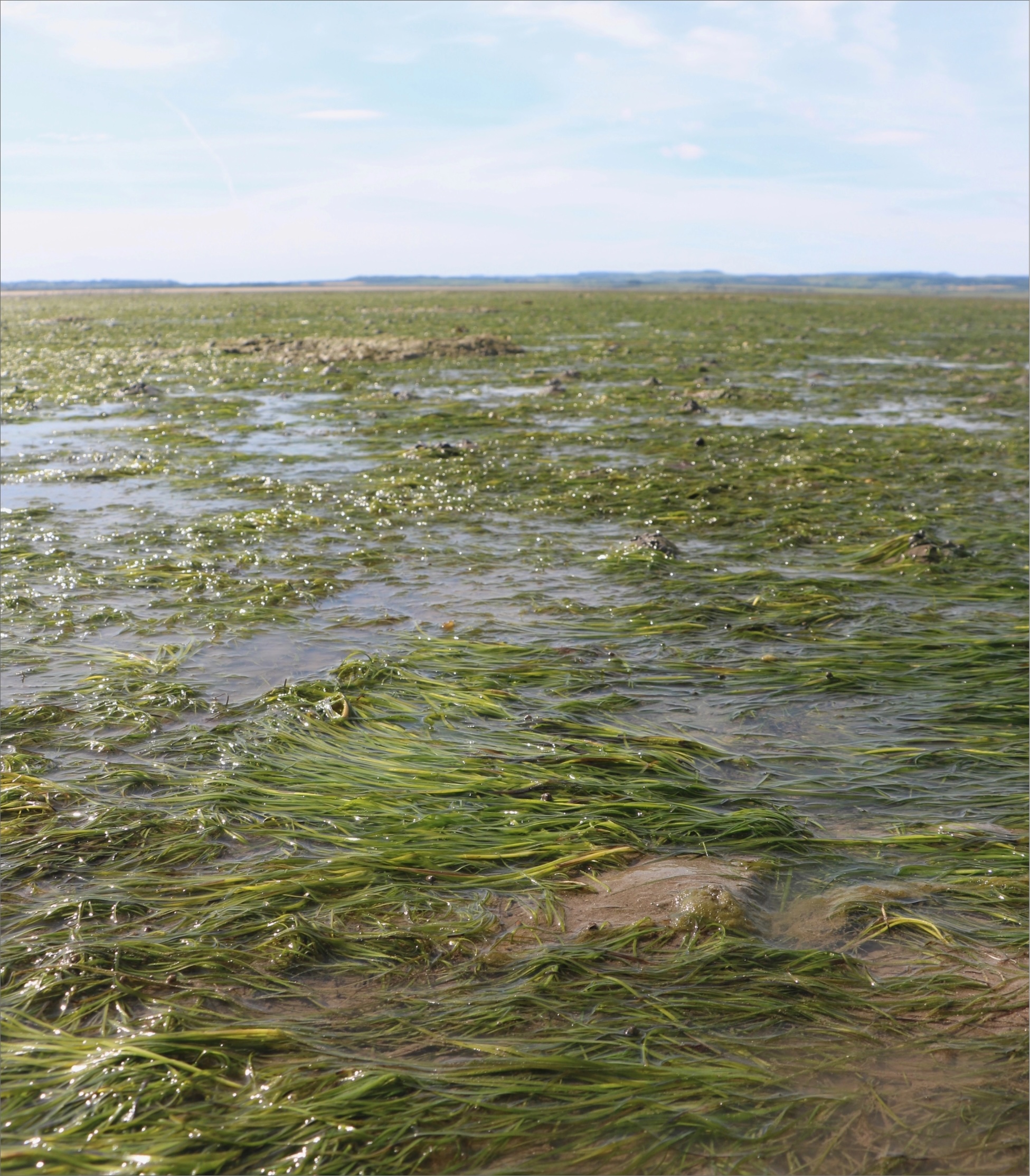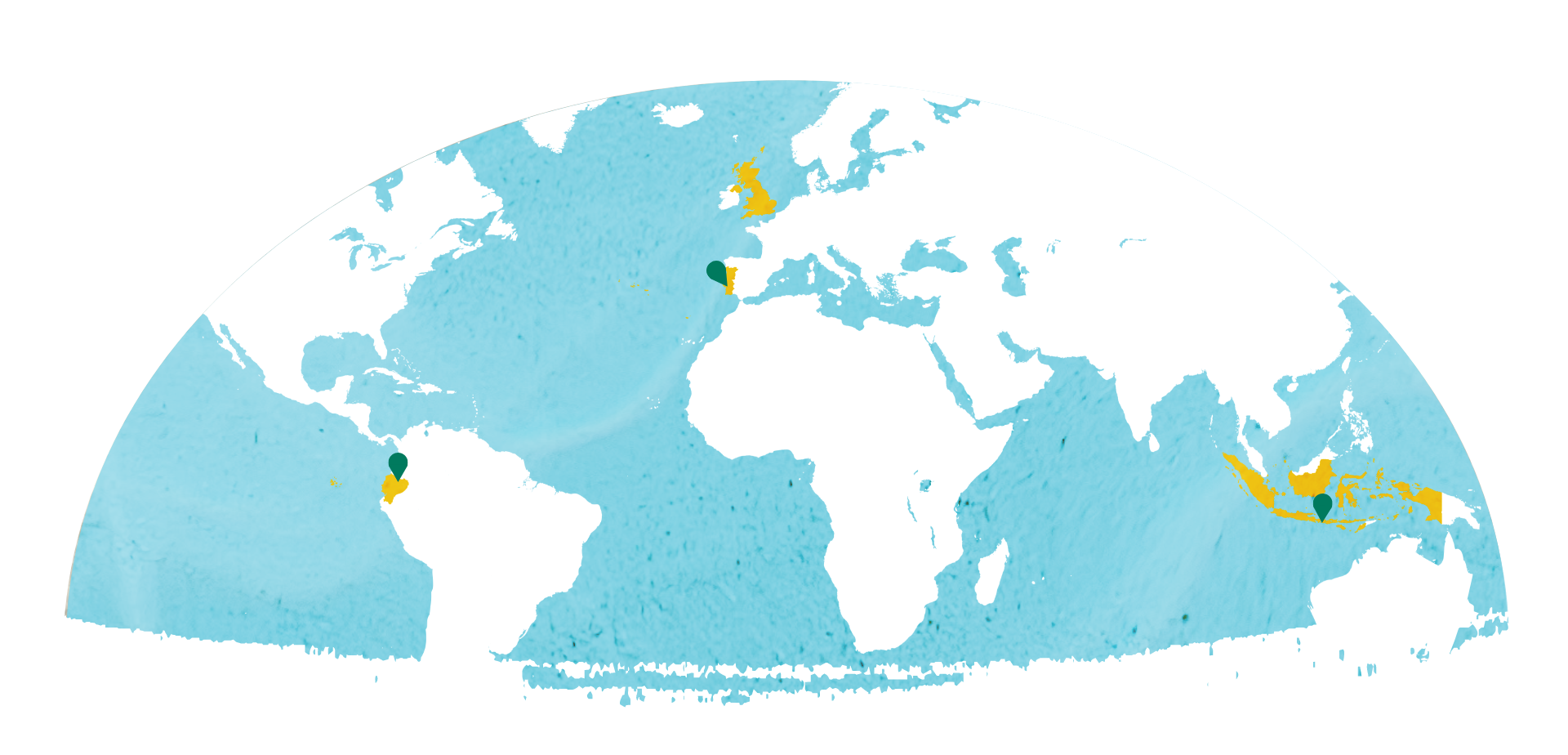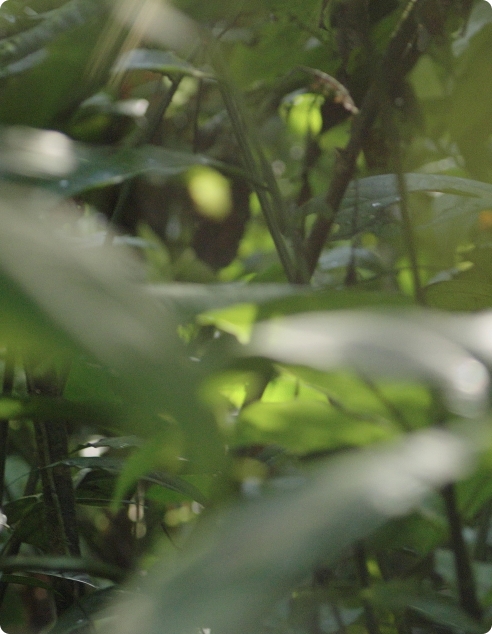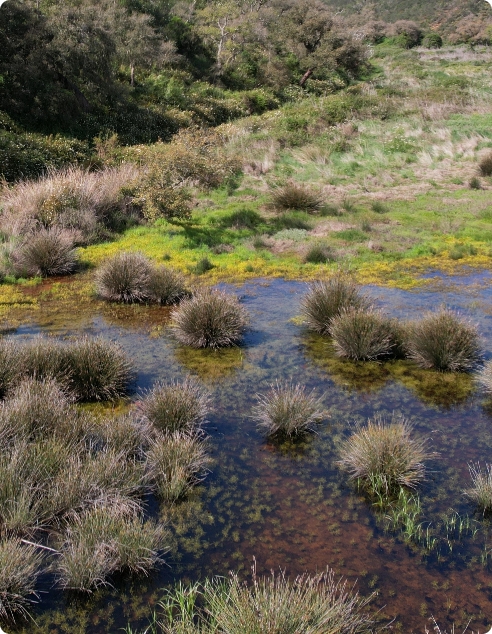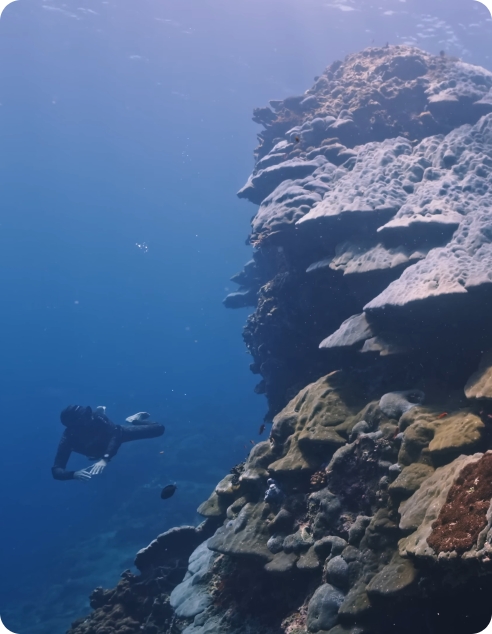Installing dataloggers
There is an array of abiotic factors (non-living variables that influence where organisms can live) that you can measure when gathering data on the suitability of a site to support a species. In the marine environment this consists of factors like dissolved oxygen concentration, light availability and turbidity.
Whilst in an ideal world you would test as many abiotic factors as you can as frequently as possible, in reality that isn’t always feasible as costs quickly add up. In an effort to find the best compromise, we’ve opted to use a datalogger to continuously measure temperature and salinity at a location where one of our native oyster (Ostrea edulis) survivability trials is planned in the Cromarty Firth.
Why temperature and salinity? These are the two universal environmental metrics identified by the European Native Oyster Habitat Restoration Monitoring Handbook (2021) to facilitate comparison across native oyster restoration projects. These variables have been shown to impact the ecology of native oysters. In spring they begin to filter feed and grow at temperatures >7°C, and have been shown to have greater survival rates in marine areas with higher salinity (>30psu) as a result of relationships between salinity and things like stress.
The datalogger is currently in a phase of testing, during which we will assess whether it is the best equipment for us to use. It is programmed to record temperature and salinity once an hour, but we will adjust this as necessary.
All going well, our plan is to continuously measure temperature and salinity using the logger, and use smaller, cheaper handheld instruments to take on-the-spot measurements of things like turbidity once we have a survivability trial up and running.
More for you on this project soon, wish us luck!
Further reading: zu Ermgassen, P.S.E., Bos, O., Debney, A., Gamble, C., Glover, A., Pogoda, B., Pouvreau, S., Sanderson, W., Smyth, D. and Preston, J. (eds) (2021). European Native Oyster Habitat Restoration Monitoring Handbook. The Zoological Society of London, UK., London, UK.
Whilst in an ideal world you would test as many abiotic factors as you can as frequently as possible, in reality that isn’t always feasible as costs quickly add up. In an effort to find the best compromise, we’ve opted to use a datalogger to continuously measure temperature and salinity at a location where one of our native oyster (Ostrea edulis) survivability trials is planned in the Cromarty Firth.
Why temperature and salinity? These are the two universal environmental metrics identified by the European Native Oyster Habitat Restoration Monitoring Handbook (2021) to facilitate comparison across native oyster restoration projects. These variables have been shown to impact the ecology of native oysters. In spring they begin to filter feed and grow at temperatures >7°C, and have been shown to have greater survival rates in marine areas with higher salinity (>30psu) as a result of relationships between salinity and things like stress.
The datalogger is currently in a phase of testing, during which we will assess whether it is the best equipment for us to use. It is programmed to record temperature and salinity once an hour, but we will adjust this as necessary.
All going well, our plan is to continuously measure temperature and salinity using the logger, and use smaller, cheaper handheld instruments to take on-the-spot measurements of things like turbidity once we have a survivability trial up and running.
More for you on this project soon, wish us luck!
Further reading: zu Ermgassen, P.S.E., Bos, O., Debney, A., Gamble, C., Glover, A., Pogoda, B., Pouvreau, S., Sanderson, W., Smyth, D. and Preston, J. (eds) (2021). European Native Oyster Habitat Restoration Monitoring Handbook. The Zoological Society of London, UK., London, UK.
